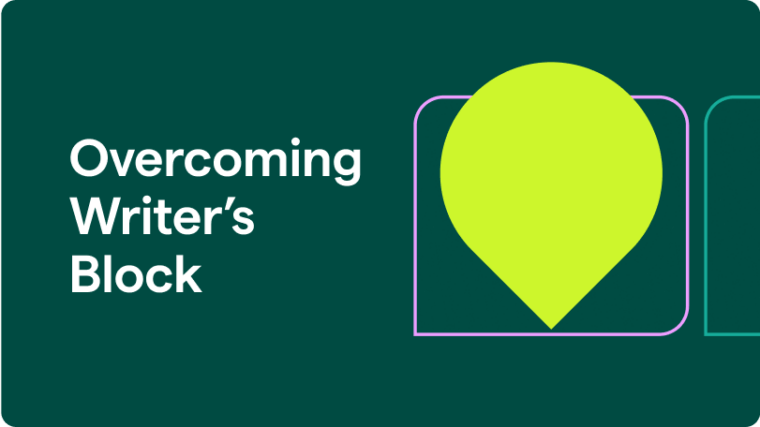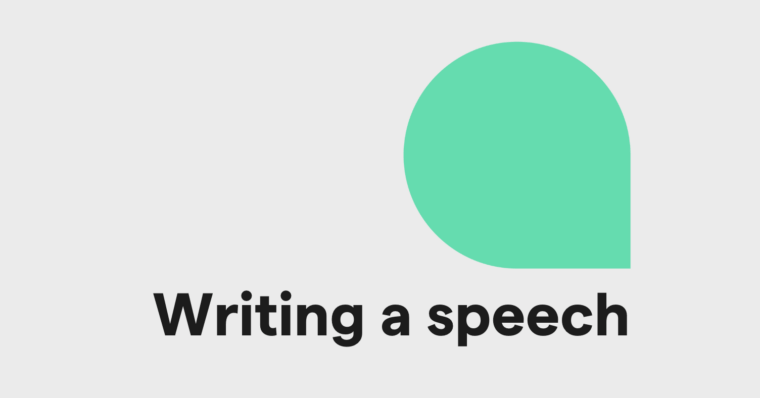
Stuck in a writing rut? Staring at a blank page, waiting for inspiration to strike, but nothing comes? You’re not alone. Writer’s block is frustrating, demotivating, and, let’s be honest, a little terrifying. But here’s the good news: It’s not permanent, and you can break through it.
This guide isn’t about waiting for the perfect moment to write, it’s about creating it. You’ll discover 10 powerful strategies to reignite your creativity, from switching up your environment to using AI brainstorming tools and embracing the magic of messy first drafts. Whether you’re struggling to start or stuck in the middle, these tips will help you push past the block and get your words flowing again.
Let’s turn that blank page into your next great piece. Ready? Let’s dive in.
Table of contents
Common causes of writer’s block
10 strategies to overcome writer’s block
1. Set small, achievable goals
3. Test different writing approaches
4. Test different writing approaches
Overcoming writer’s block FAQs
Common causes of writer’s block
Writer’s block isn’t just about lacking ideas—it’s often the result of deeper mental, emotional, or environmental barriers. Understanding what’s holding you back is the first step toward overcoming it. Some common causes of writer’s block include:
- Fear of failure: Worrying that your writing won’t meet certain standards
- Perfectionism: Striving for perfection on the first draft
- Lack of inspiration: Not feeling inspired or passionate about the topic
- External stressors: Personal issues or environmental factors that distract from writing
- Overwhelm: Feeling overwhelmed by the scope or complexity of the project
- Distractions: Allowing distractions, such as social media or email, to derail your writing time
10 Strategies to overcome writer’s block
Writer’s block can show up in all kinds of ways—whether it’s perfectionism, overwhelm, or simply too many distractions. But here’s the good news: the right approach can help you break through. Below, you’ll find 10 practical strategies to overcome creative blocks and get your ideas flowing again.
1 Set small, achievable goals
Break down your writing project into manageable tasks. Setting small, achievable goals can reduce overwhelm and build momentum. For instance, aim to write for 15 minutes daily or complete a specific section of your work.
Why it works: Small wins create momentum. By focusing on manageable steps, you’ll avoid feeling overwhelmed and build confidence with every word you write.
2 Establish a routine
Creating a consistent writing schedule helps condition your mind to be creative at specific times. Whether it’s early morning or late at night, find a time that works best for you and stick to it.
Why it works: A set routine signals your brain that it’s writing time, making it easier to slip into a creative flow instead of waiting for inspiration to strike.
3 Test different writing approaches
There are a variety of writing approaches to choose from. Freewriting, mind mapping, or speaking your ideas aloud can unlock creativity and help you find a flow. Explore different methods to see what sparks inspiration for you.
Why it works: A fresh approach can bypass mental roadblocks. By exploring different techniques, you’ll find what sparks inspiration and keeps you engaged.
4 Take strategic breaks
Sometimes, the best way to move forward is to step away. Short breaks can help refresh your mind and prevent burnout. Try the Pomodoro technique—focus for 25 minutes and then take a 5-minute break—or engage in a nonwriting activity like walking, exercising, or listening to music.
Why it works: Stepping back allows your subconscious to process ideas. By giving your brain a break, you’ll return to your writing with renewed energy and a fresh perspective.
5 Change your environment
A new setting can stimulate creativity. Try writing in different locations, such as a park or café. Even switching to a different room in your home can refresh your point of view.
Why it works: A new environment sparks fresh ideas. The shift in scenery can boost focus and creativity, making it easier to break through mental blocks.
6 Read to spark inspiration
Reading works by other authors can ignite ideas and provide new insights. Explore different genres and styles to see what resonates and inspires you.
Why it works: Great writing fuels great writing. Exposure to new ideas, storytelling techniques, and unique perspectives can reignite your creative spark.
7 Use brainstorming tools
Tools can make brainstorming easier by jump-starting ideas and organizing thoughts. There are a variety of brainstorming tools designed to help you generate, expand, and structure your writing. Grammarly’s AI-powered writing assistant supports every step of your process—from ideation to completion. Whether you need help coming up with fresh topics, refining key points, or breaking through creative blocks, Grammarly offers real-time suggestions to keep your ideas flowing.
Why it works: AI tools help you structure thoughts and overcome mental blocks. By using Grammarly, you’ll effortlessly generate ideas, organize your content, and refine your writing with clarity and confidence—so you can focus on creating your best work.
8 Eliminate distractions
Identify and minimize distractions during your writing time. This might involve turning off notifications, setting boundaries with others, or creating a dedicated writing space.
Why it works: A focused environment enhances deep work. By eliminating distractions, you’ll stay focused, avoid multitasking, and make significant progress on your writing project.
9 Seek feedback and support
Sharing your work with trusted friends, mentors, or writing groups can provide encouragement and constructive feedback. Sometimes, discussing your ideas with others can lead to breakthroughs.
Why it works: New viewpoints can help refine and expand ideas. By seeking feedback and support, you’ll gain new insights, identify areas for improvement, and stay motivated to continue writing.
10 Embrace imperfection
Allow yourself to write freely, knowing that revisions are part of the process. Accept that first drafts don’t have to be perfect. Write first; edit later.
Why it works: Writing improves with revision—just get the words down! By embracing imperfection, you’ll silence your inner critic, make progress on your writing project, and refine your work through the revision process.
Conclusion
Writer’s block is frustrating, but it’s not unbeatable. By implementing structured brainstorming techniques, embracing imperfection, and leveraging AI-powered tools like Grammarly, you can transform writing from a struggle into a smooth, creative process.
Remember, writing is a journey, and it’s OK to take it one step at a time. With persistence, patience, and the right strategies, you’ll break through creative blocks, write with confidence, and achieve your writing goals faster and with less frustration.
Overcoming writer’s block FAQs
What’s the fastest way to cure writer’s block?
Try freewriting, changing your environment, or using a writing prompt to get unstuck quickly. AI-powered tools like Grammarly can also help by generating ideas, expanding key points, and providing smart suggestions to keep your creativity flowing. Instead of struggling to find the right words, let Grammarly’s AI assist you in brainstorming, structuring your thoughts, and overcoming creative blocks—so you can write with confidence and ease.
What are the main causes of writer’s block?
Writer’s block can stem from fear of failure, perfectionism, lack of inspiration, stress, overwhelm, or distractions. Recognizing what’s holding you back is the first step toward overcoming it. By identifying the root cause—whether it’s self-doubt, mental fatigue, or simply too many distractions—you can take intentional steps to regain momentum and get back into the flow of writing.
How to get unstuck from writer’s block?
Start anywhere—don’t wait for the perfect opening. Use placeholders, take a break, read for inspiration, or switch up your writing format to regain momentum. Sometimes, a simple shift in approach—like freewriting, mind mapping, or speaking your thoughts aloud—can help you push past the block and get words flowing again. If you’re struggling to generate ideas, learning how to brainstorm effectively can provide the structure and inspiration you need to move forward.
Can AI help with writer’s block?
Absolutely. AI tools like Grammarly can jump-start your creativity by generating ideas, rephrasing sentences, structuring your thoughts, and providing real-time feedback. Instead of staring at a blank page, you can use AI for brainstorming—exploring different angles, expanding on key points, and organizing your thoughts effortlessly. With the right AI-powered support, you’ll break through creative blocks faster and write with confidence and clarity.






